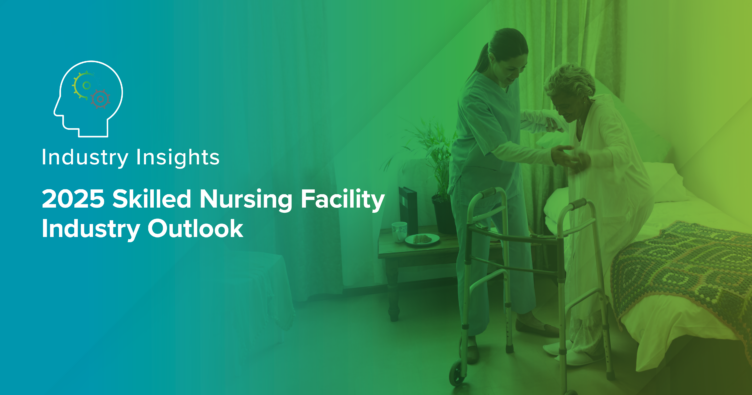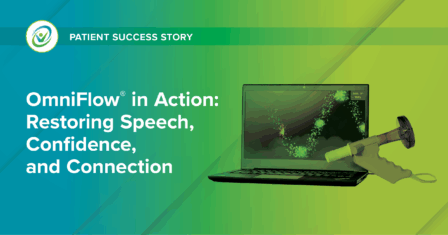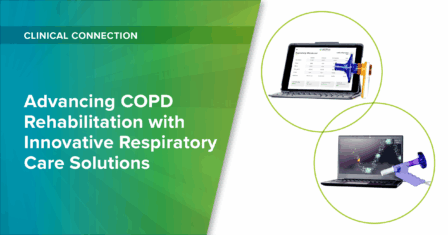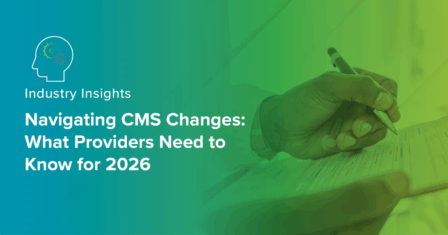2025 Skilled Nursing Facility Industry Outlook

The highlights:
- A 4.2% increase in Medicare Part A payments to SNFs for FY 2025 provides essential financial support amid rising operational costs.
- CMS is taking steps to reform prior authorizations in response to growing concerns over Medicare Advantage denials.
- Occupancy rates are recovering and projected to return to pre-pandemic levels, while staffing shortages remain a major concern.
- Technology will continue to play an increasingly significant role in driving operational efficiencies.
The skilled nursing facility (SNF) landscape continues to evolve in 2025, shaped by regulatory changes and challenges, rising demand, continued workforce shortages, and technological advancements. As the industry adapts to post-pandemic realities, several key trends are emerging that will impact patients and providers in 2025.
Medicare Rate Increases
In a welcomed development for SNF operators, the Centers for Medicare & Medicaid Services (CMS) implemented a 4.2% increase in Medicare Part A payments to SNFs in Fiscal Year (FY) 2025. This adjustment provides much-needed financial support for facilities facing rising operational costs.
Medicare Advantage Denials Draw Scrutiny
The U.S. Senate Permanent Subcommittee on Investigations published a report last year on the growing denial rate for post-acute care for Medicare Advantage (MA) beneficiaries. Their investigation found that the largest MA insurers are disproportionately leveraging the prior authorization process to deny stays in post-acute care facilities. In an effort to improve access, CMS has taken steps to reform prior authorizations and hold MA and Part D plans more accountable for delivering high-quality coverage.
SNF Value-Based Purchasing Program Focuses on Hospital Readmissions
Through the SNF Value-Based Purchasing (VBP) Program, CMS awards SNFs incentive payments for improved quality of care. For FY 2025, performance in the SNF VBP Program is centered around a single measure of all-cause hospital readmissions. Facilities that excel in preventing readmissions will be well-positioned to maximize their incentive payments in 2025. By leveraging ACP’s evidence-based clinical programming and advanced rehab technologies, SNFs can identify at-risk patients earlier, implement targeted interventions, and reduce readmission rates.
Occupancy Trends Up
The industry is seeing encouraging signs of recovery in occupancy rates. According to recent data from the National Investment Center for Seniors Housing & Care (NIC), senior housing, assisted living, and independent living occupancy rates reached 86.5% in Q4 2024 and are projected to return to pre-pandemic levels this year. This growth and a decline in operational bed inventory suggest a strengthening demand for SNF services.
Workforce Challenges Continue
Staffing challenges remain a concern for many SNFs in 2025 and beyond. The Health Resources and Services Administration (HRSA) predicts a deficit of nearly 80,000 full-time RNs in 2025, a concerning shortage that could continue into 2037. With increased demand for post-acute care, the industry must embrace creative staffing solutions and care delivery models to bridge this gap. Through robust training programs and ongoing clinical support, ACP helps facilities maximize their workforce capabilities. By equipping staff with the latest techniques, ACP enables SNFs to maintain high care standards despite staffing constraints.
Leveraging Technology to Drive Efficiency
In 2025, providers will continue to turn to technology to help solve some of the industry’s most pressing challenges. As SNFs seek solutions to enhance operational efficiencies, reduce costs, and maintain high-quality care, platforms like ACPlus will lead the way. By interconnecting patients, devices, and EHR systems, ACPlus can streamline clinical workflows and drive better outcomes. Through the app, clinicians can conduct objective assessments to inform care planning. Our latest module within the app, ACPlus Respiratory Assessment (ARA), transforms respiratory care by helping SNFs identify patients with pulmonary dysfunction and generating treatment recommendations – demonstrating how sophisticated technology can both improve patient outcomes and drive efficiencies.
Get Ahead with ACP
ACP provides the innovative technology, clinical expertise, and ongoing support SNFs need to thrive in today’s challenging environment. Discover the advantages of partnering with ACP.
MRK-BLOG-018
The skilled nursing facility landscape continues to evolve in 2025, shaped by regulatory changes and challenges, rising demand, continued workforce shortages, and technological advancements. As the industry adapts to post-pandemic realities, several key trends are emerging that will impact patients and providers in 2025.
Latest Updates
Subscribe to stay up-to-date on our latest posts.



